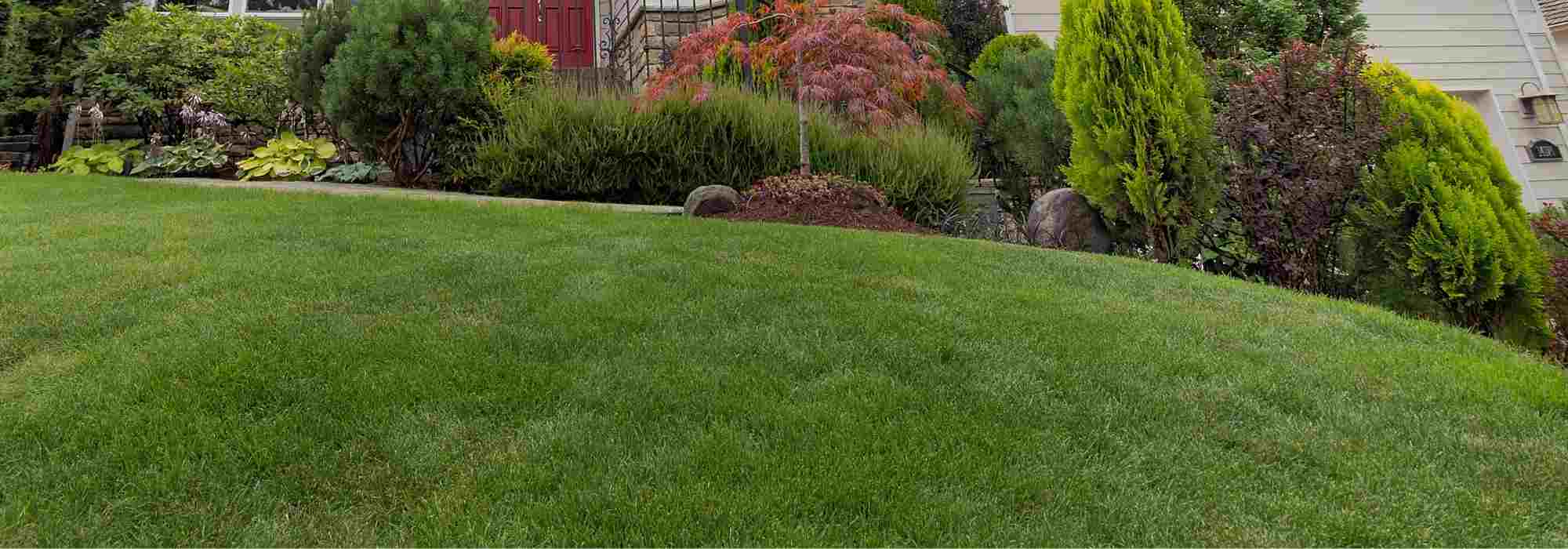
Which lawn to choose?
The criteria for finding the mix you need!
Contents
Having a beautiful short grass meadow doesn’t happen by chance! You must first choose the right lawn seed mix suited to the soil and climate conditions, as well as to the intended use of your lawn. It’s not always easy to navigate the jungle of lawns available! You will find a very wide selection of seeds: English lawn, sports and play, shade lawn, for dry soil, hardy, relaxation or ornamental lawn… as well as overseeding lawn. Each situation and project corresponds to a specific lawn, so before starting the sowing, it is important to define its use.
We invite you to follow our tips to choose the best lawn to sow!
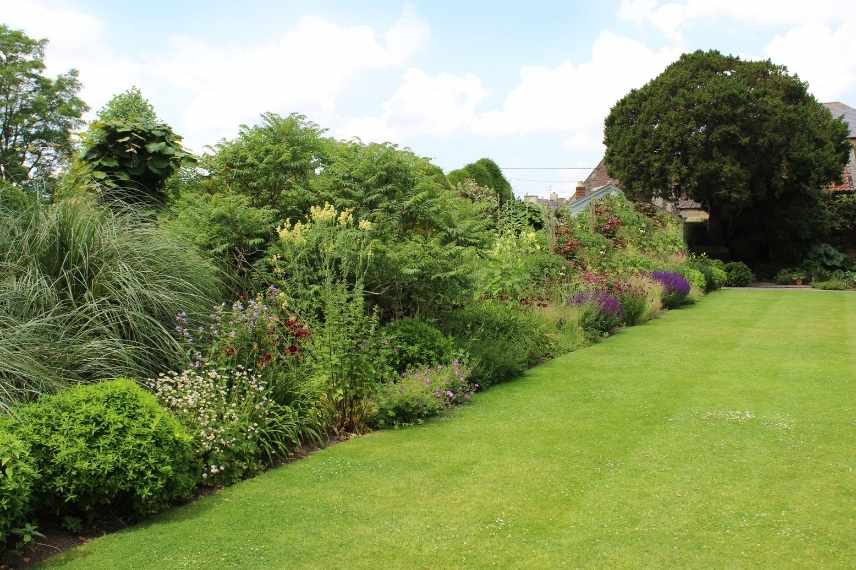
What is grass?
Sowing lawn is always made up of a pre-mixed blend of grasses, with proportions varying depending on the intended use of the short grass meadow (sports, relaxation, ornamentation…). These blends are also formulated to precisely match the nature of your soil and your climate. Each grass seed mix corresponds to a specific environment and intended use, and each grass species has its own characteristics. That’s why we advise you to carefully read the composition of a packet of grass before purchasing.
These wild grasses are chosen because they allow for quick coverage of large areas and improve the quality of the lawn (its resistance to diseases, drought, moisture, foot traffic, growth rate, and the colour of the grass blades…). Among the most common, we find:
- Perennial ryegrass: this versatile grass makes up most blends. Its germination is rapid, even in sticky soils. Robust and hardy, it acts as a booster for other slower establishing species with which it is often associated, as it enhances their performance. It withstands foot traffic, drought, and cold well. It helps achieve a lush green lawn throughout the year. The higher the percentage of perennial ryegrass in a seed mix, the more beautiful and vigorous the lawn will be.
- Fescues (red creeping or turf, tall, and sheep fescue): they are found in most grass mixes because they perform well under challenging conditions, particularly drought. They produce a very fine and aesthetic lawn that remains green in summer. Some also tolerate foot traffic. In warm regions, favour a mix composed of over 50% fescues, as this will help maintain a beautiful carpet that stays green in all seasons while requiring less watering.
- Agrostis (bentgrass, creeping bentgrass, and common bentgrass): they grow slowly, do not withstand foot traffic, and are very sensitive to drought. However, they produce a very fine, dense, and aesthetic lawn, widely used for golf greens. They tolerate close and frequent mowing but create lawns that require a lot of maintenance.
- Cynodon (or Bermuda grass): it is not very aesthetic but has the advantage of staying green even without watering in summer because it withstands heat and drought well. It can also endure foot traffic and grows slowly, thereby reducing the frequency of mowing.
- Ryegrass: this grass is used for its resistance to foot traffic. It produces a dense lawn with fairly coarse foliage, very resistant to foot traffic and tearing. As a result, it is used to turf sports and play areas.
Read also
Lawn: essential tools for its upkeepEvery use has its lawn!
Before sowing, make sure to read the composition of the seed mixture as it determines the intended use of your lawn.
A green lawn
This type of lawn is primarily aesthetic! Uniform, dense, and fine, it is ideal for enhancing your flower beds or remarkable trees. It should combine very fine, lush green blades like those of agrostis and ryegrass. It requires maintenance, regular watering, fertilising, and mowing to maintain its English charm, and it does not tolerate foot traffic.
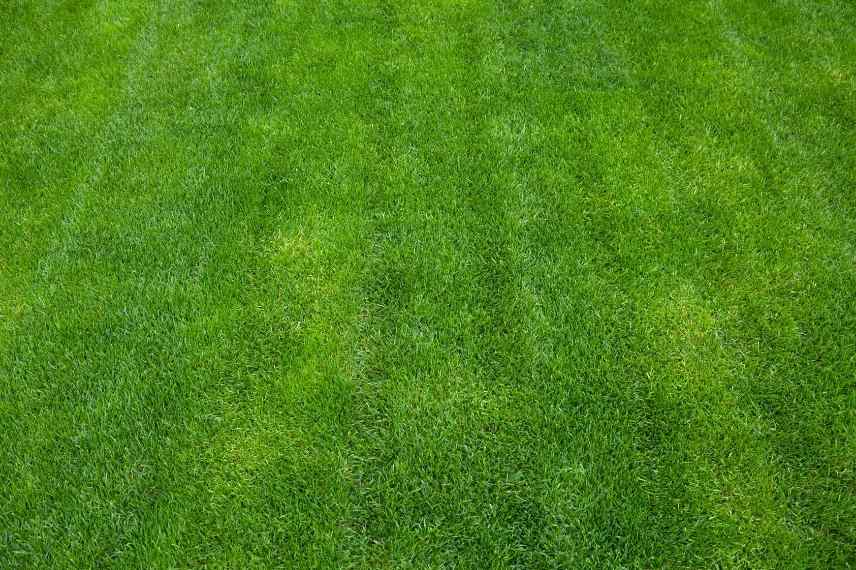
A lawn for relaxation and enjoyment
It is aesthetic, easy to grow, and requires less care than an English lawn! Intended for general use, it should be pleasant and conducive to lounging in the grass, family games, or a few football matches with the kids. To create a thick, soft carpet that is resistant to foot traffic and drought, choose a mixture that prominently features ryegrass and fescues. The “My Natural Garden Red Label Lawn” contains hardy grasses selected for their natural resilience and suitability for infrequent mowing. The “Rustic Lawn” is another mixture of robust grasses that creates a beautiful and easy-to-maintain lawn that requires little care and watering. It can be sown in all our regions and on all types of soil.
A flowering lawn
In contrast to the well-maintained English lawn, the flowering lawn, sometimes referred to as “Swiss lawn,” has a very natural and rustic appearance. More ecological than a traditional lawn, it allows for the greening of large areas with minimal maintenance. It significantly reduces mowing zones. Composed of melliferous flowers, it promotes biodiversity in the garden by attracting pollinating insects. This type of lawn combines various grasses like fescues with annual and perennial flowers that self-seed and transform the garden for several years. Many seed mixtures to create flowering meadows or fallow lands are available in our online nursery. They are suitable for specific areas (shade, full sun, tree bases, dry ground, slopes, cracks…) and come in various styles (bohemian, melliferous, wild…).
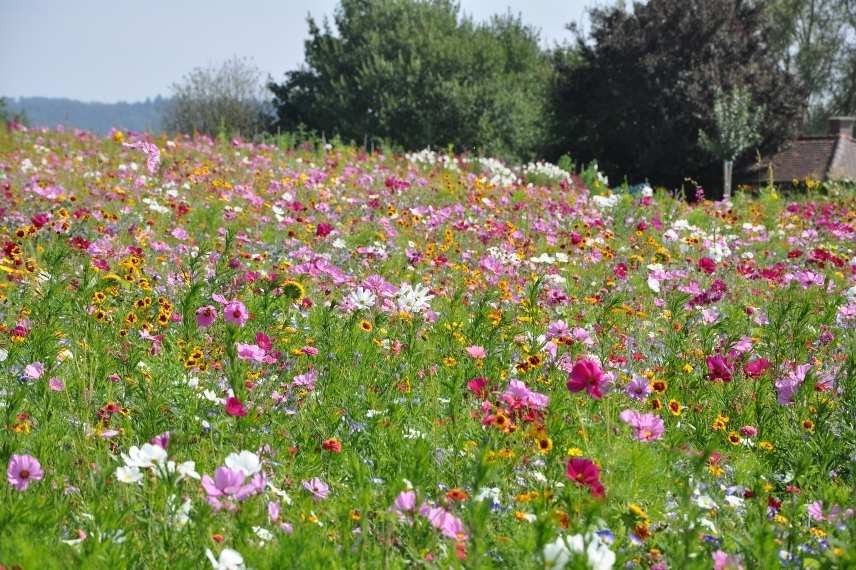
A lawn for sports and play
A football goal, a play area for children in the garden? You absolutely need a lawn that is not fragile and can withstand these intensive activities and uses. Choose a mixture based on grasses that are resistant to heavy foot traffic, such as ryegrass (at least 40%), fescues, or bentgrass. Our “Sport and Play Lawn” is a mixture of particularly robust grasses that creates a solid and thick turf with good regeneration capacity. It consists of 40% English ryegrass and 60% tall fescue and is suitable for all gardens.
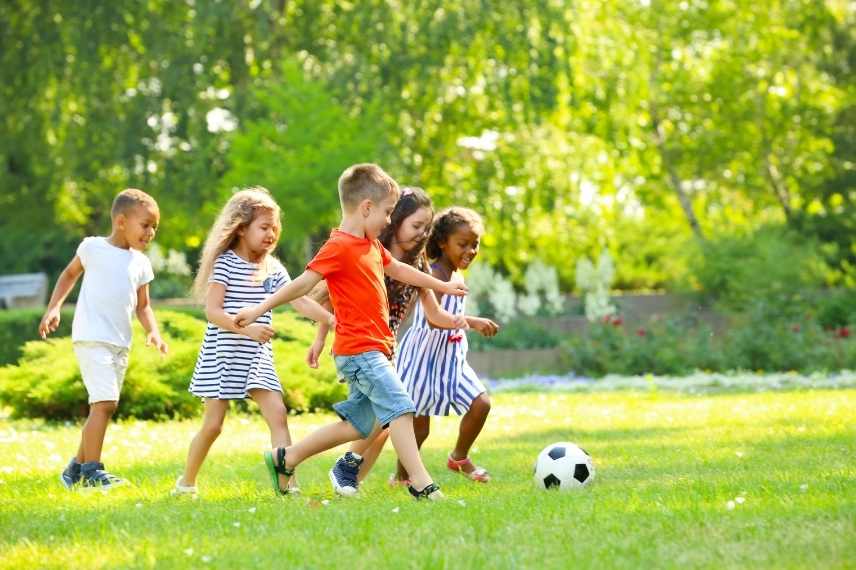
A graphic lawn
If you are looking for an original ground cover, the Mascarene Lawn (Zoysia tenuifolia) is a small grass that naturally grows very low and forms beautiful, soft, undulating lawns. It is a great alternative to traditional lawns, especially in our regions with dry summers and mild winters, although it is relatively hardy in well-drained soil (down to -12/-15°C). It retains its bright green, dense, and extremely fine foliage all year round and is resistant to heavy foot traffic. Additionally, it is much less demanding in terms of water than most of our traditional lawns. It is mowed once or twice a year.
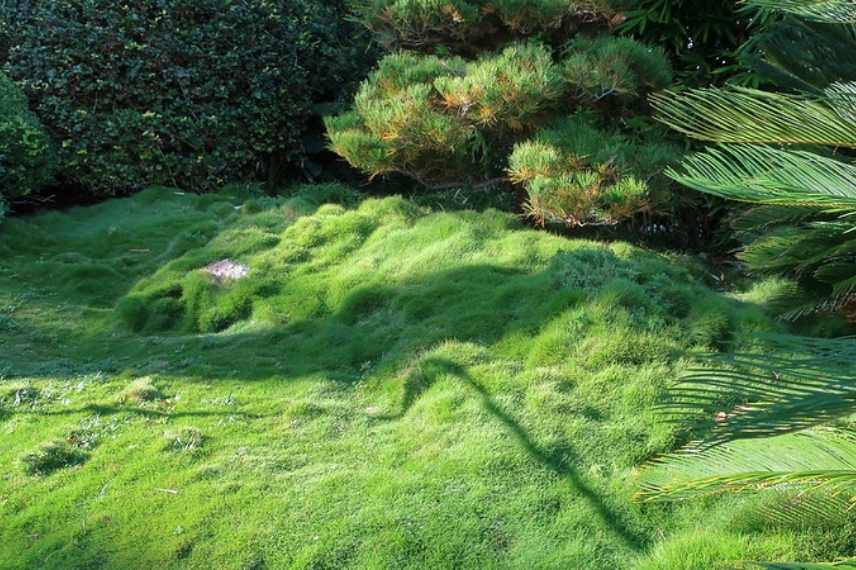
Zoysia tenuifolia (© Cultivar 413)
For greening an area
Some mixtures are specifically designed for greening areas that you do not wish to leave bare, such as pastures for animals (horses, goats, sheep…) or large areas of land. This is a cover lawn, with little aesthetic interest. For this purpose, you can opt for the “My Meadow Lawn.” This type of mixture consists of vigorous, easy-to-maintain, and hardy grasses (ryegrass and tall fescue) that adapt to many situations, even difficult ones, in most regions.
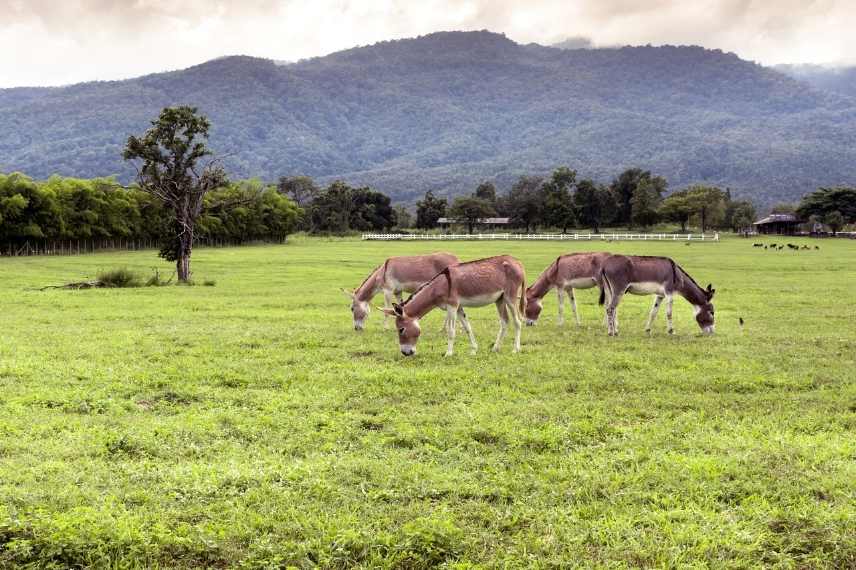
Discover other Lawn
View all →Available in 1 sizes
Available in 3 sizes
Available in 1 sizes
Available in 2 sizes
Available in 1 sizes
Available in 2 sizes
Available in 1 sizes
Available in 3 sizes
Available in 1 sizes
Available in 1 sizes
The different types of grass
Terrain shaded or, conversely, exposed to full sun, garden in the Midi or north of the Loire, soil drying out in summer or very wet in winter, clayey or sandy, or simply bare, there is a type of lawn suited to different soil and climate conditions.
A lawn for shade
There are mixtures of grasses selected for their ability to thrive in less exposed areas of the garden. Our “Shade Lawn” adapts to low-light conditions, which are often challenging to vegetate. Composed mainly of fine and running fescues and meadow fescue, it forms a beautiful fine and dense lawn in wooded gardens or enclosed by high walls. It can be sown under trees, along a wall or a hedge facing north or east, or in a woodland area.
A lawn for the south or coastal areas
- This lawn promises to stay green even in a hot climate with dry soil! Composed mainly of tall fescue, a grass known for its heat and drought resistance, the mixtures “Dry Ground Lawn” and “Smart Lawn for the South and Coastal Areas” allow for the creation of a water-efficient lawn that is heat and drought resistant. They are particularly suited to very sunny, dry areas, coastal gardens, and regions regularly subject to water restrictions.
- In our gardens in the south of France that receive some watering, kikuyu, a persistent grass of subtropical origin, withstands high temperatures well, but is less tolerant of frost. This less hardy seed produces a lush green lawn 30 to 60 cm high, slightly shorter if water inputs are reduced. Kikuyu grass is an excellent alternative to traditional lawns in Mediterranean climates or along the Atlantic coast of our country as it tolerates sea spray.
- The Cynodon dactylon lawn, sometimes called “tropical lawn”, is another solution for covering soil in hot and dry climates. This grass is very resistant to heat and lack of water. It creates a lush green lawn in summer in gardens that are heavily exposed to sunlight. It has excellent resistance to trampling, making it useful for creating areas dedicated to sports or play in these climates.
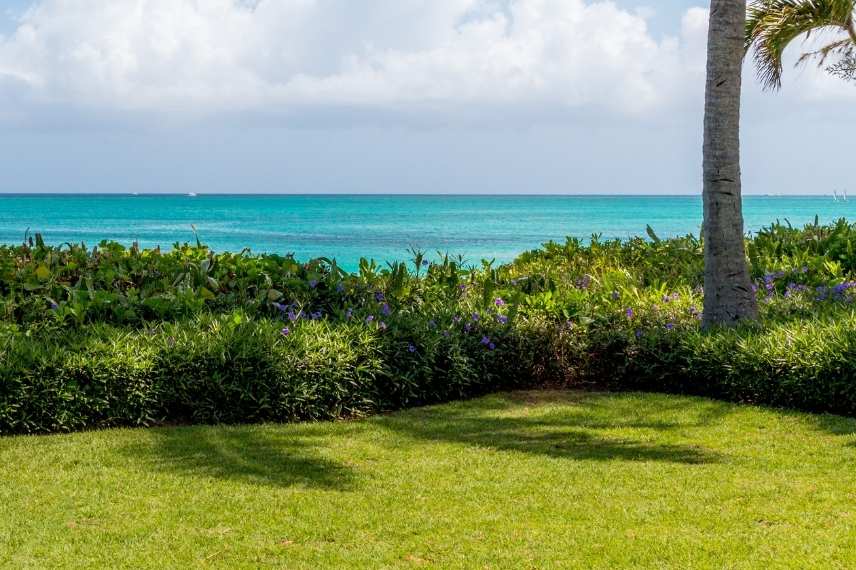
A lawn resistant to cold
In the north of the Loire, you will need to opt for a hardy and robust lawn, combining resistance to cold and humidity. The mixture “Continental Smart Lawn” allows for the creation of a homogeneous and lush green carpet in our cold or humid regions. It establishes itself in all types of soil, even heavy ones.
A versatile lawn
This type of lawn should be rich in ryegrass (at least 40%) to maintain a beautiful green and dense appearance throughout the year without requiring maintenance. A mixture like “4 Seasons Lawn” contains at least 60% and combines grasses that significantly limit the appearance of moss.
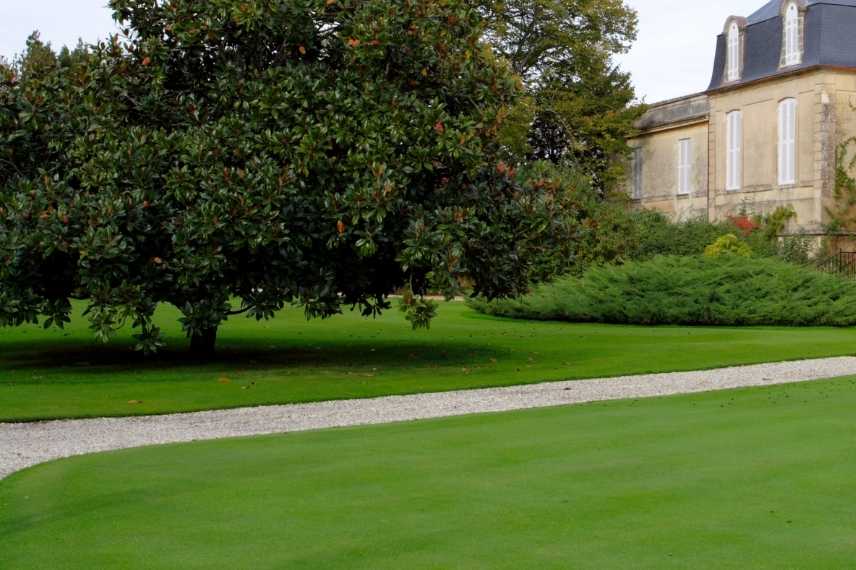
A lawn for reseeding
To repair holes, fill bare areas or those overrun by moss or adventive plants, you need a lawn that grows very quickly, containing 70 to 100% ryegrass. This mixture is designed to renovate a degraded lawn uniformly and sustainably without having to renew it entirely.
An ecological lawn
There are some revolutionary mixtures that combine next-generation grasses with a micro-clover specifically selected for its low water needs and its ability to naturally fertilise the soil. The result: a lush green lawn in all seasons requiring less fertiliser, less watering, and less weeding!
Read also
How to renovate a lawn?Useful resources
- Discover our wide range of lawn seeds
- Find all our tips for sowing lawn, when and how?
- Subscribe!
- Contents
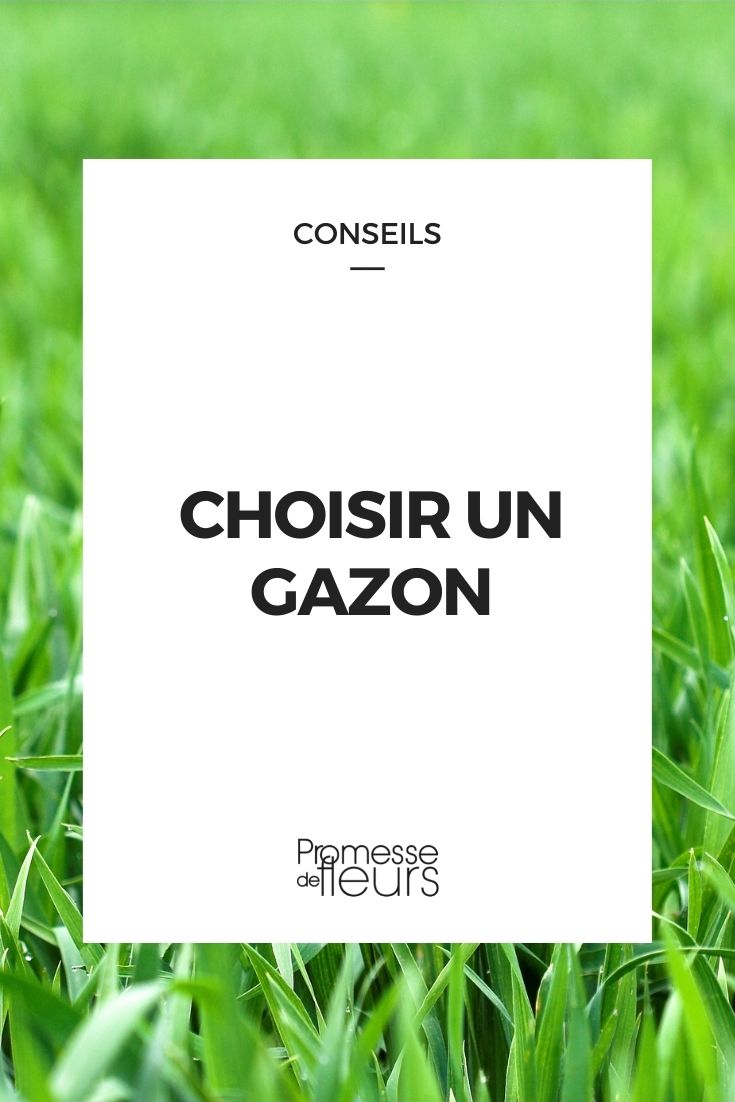































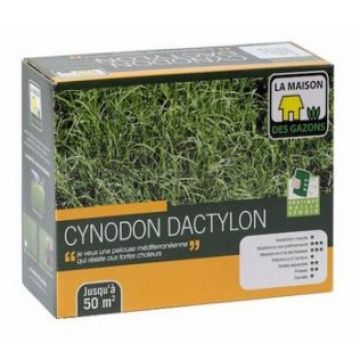
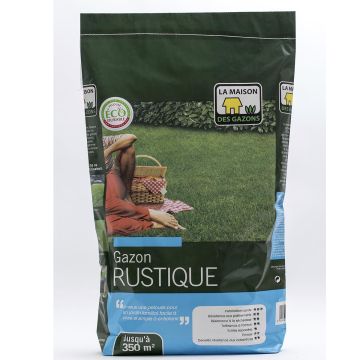
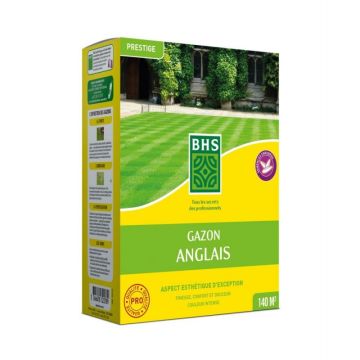
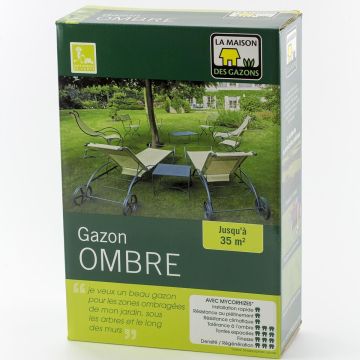
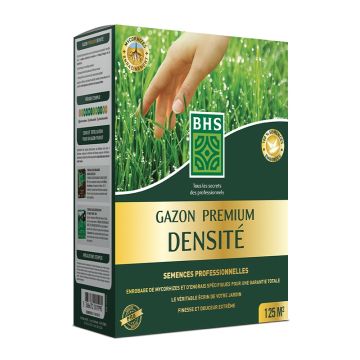
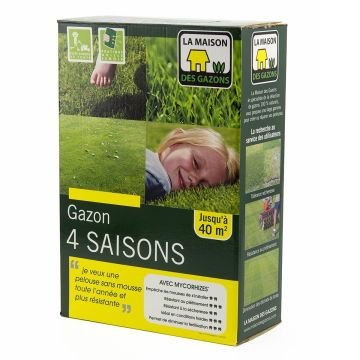
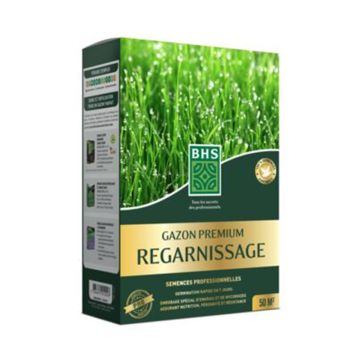
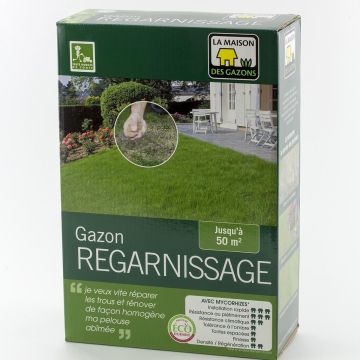


Comments